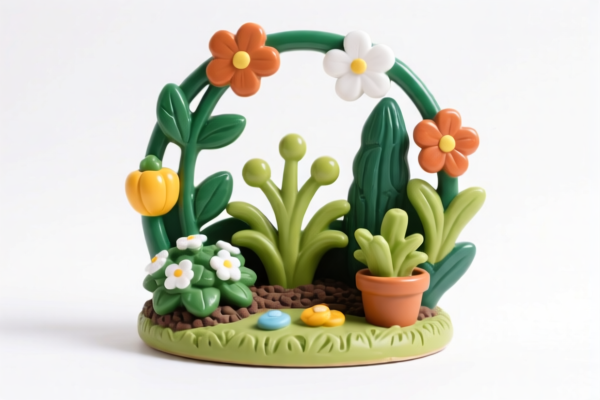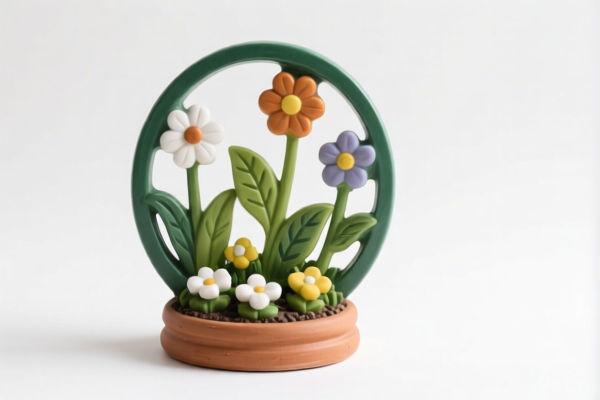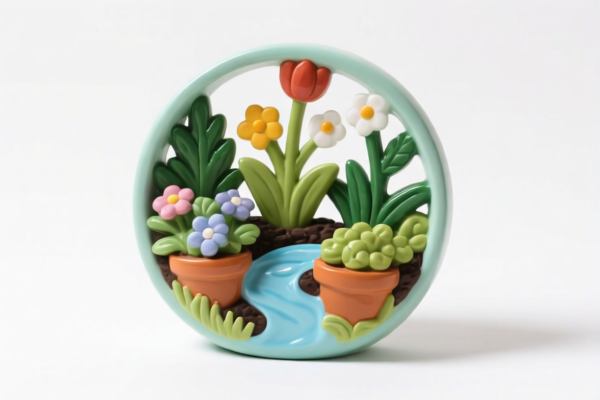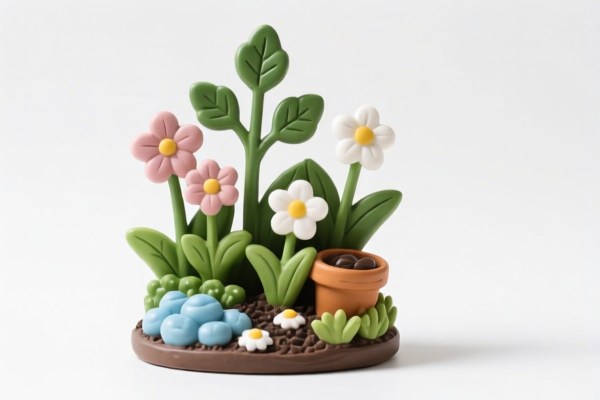| HS Code | Official Doc | Tariff Rate | Origin | Destination | Effective Date |
|---|---|---|---|---|---|
| 8306100000 | Doc | 35.8% | CN | US | 2025-05-12 |
| 8306290000 | Doc | 30.0% | CN | US | 2025-05-12 |




Cast Iron Ornament
Cast iron ornaments are decorative objects made from cast iron, valued for their durability, aesthetic qualities, and historical significance.
Material
The primary material is cast iron – an alloy of iron with a high carbon content, typically 2-4%. This composition allows for relatively easy molding into complex shapes. Historically, wrought iron was also used, but cast iron became dominant due to its lower cost and greater design flexibility. Modern ornaments may feature protective coatings like paint, powder coating, or sealant to prevent rust.
Purpose
Cast iron ornaments serve primarily decorative purposes. They are used to embellish architectural features, gardens, interiors, and furniture. Historically, they indicated status and wealth. In contemporary applications, they provide aesthetic appeal and a connection to historical styles.
Function
Beyond aesthetics, cast iron ornaments can offer some functional benefits. They are heavy and durable, providing a degree of stability when used in architectural applications (e.g., railings). Garden ornaments can act as weights or anchors. Their inherent strength contributes to longevity.
Usage Scenarios
- Architecture: Railings, balconies, gates, window boxes, decorative panels, finials, cresting, and ornamentation on building facades. Common in Victorian, Gothic Revival, and Art Nouveau styles.
- Gardens: Statues, urns, fountains, benches, planters, garden gates, and decorative fencing.
- Interiors: Fireplace surrounds, andirons, decorative brackets, door knockers, and furniture embellishments.
- Furniture: Chair backs, table bases, and decorative accents.
- Street Furniture: Lamp posts, bollards, and signage.
Common Types
- Architectural Ironwork: This encompasses a broad range of ornaments integrated into building structures. Includes complex railings, gates, and facade details.
- Garden Statuary: Includes figures, animals, and mythical creatures. Often reproduced from classical or popular designs.
- Fountain Ornaments: Decorative elements used to enhance the appearance of fountains, including cherubs, shells, and floral motifs.
- Fireplace Ornaments: Andirons, fireplace screens, and decorative surrounds.
- Gothic Finials: Pointed ornaments used on railings, gates, and roofs, characteristic of Gothic Revival architecture.
- Floral and Leaf Motifs: Common decorative elements used across various applications, often inspired by natural forms.
- Geometric Patterns: Used in Art Nouveau and other styles, featuring stylized designs and repeating patterns.
- Cresting: Decorative ironwork placed along the tops of walls, fences, and gates.
- Door Knockers: Functional and decorative elements used to signal entry.
Cast iron ornaments fall under the category of statuettes and other ornaments, of base metal. Here's a breakdown of relevant HS codes based on the provided information:
- 8306.29.00.00: This HS code covers “Bells, gongs and the like, nonelectric, of base metal; statuettes and other ornaments, of base metal; photograph, picture or similar frames, of base metal; mirrors of base metal; and base metal parts thereof: Statuettes and other ornaments, and parts thereof: Other”. This is a subheading within Chapter 83 (Miscellaneous manufactured articles) and Heading 06 (of base metal). The '29' specifically identifies other statuettes and ornaments. The current total tax rate is 30.0%.
According to the provided reference material, the HS code options related to 'cast iron ornament' are limited, with only the following 1 found.
Customer Reviews
No reviews yet.